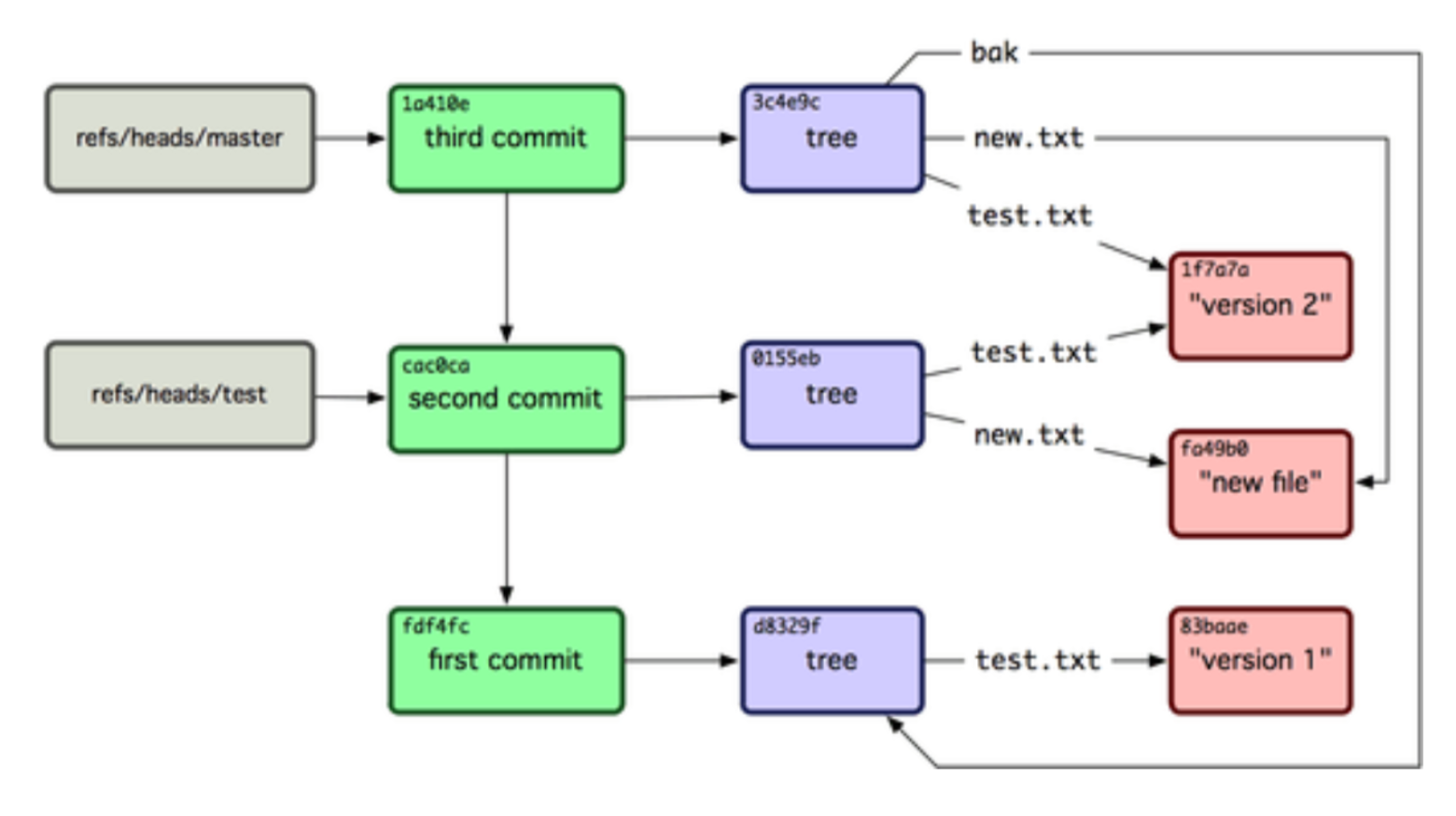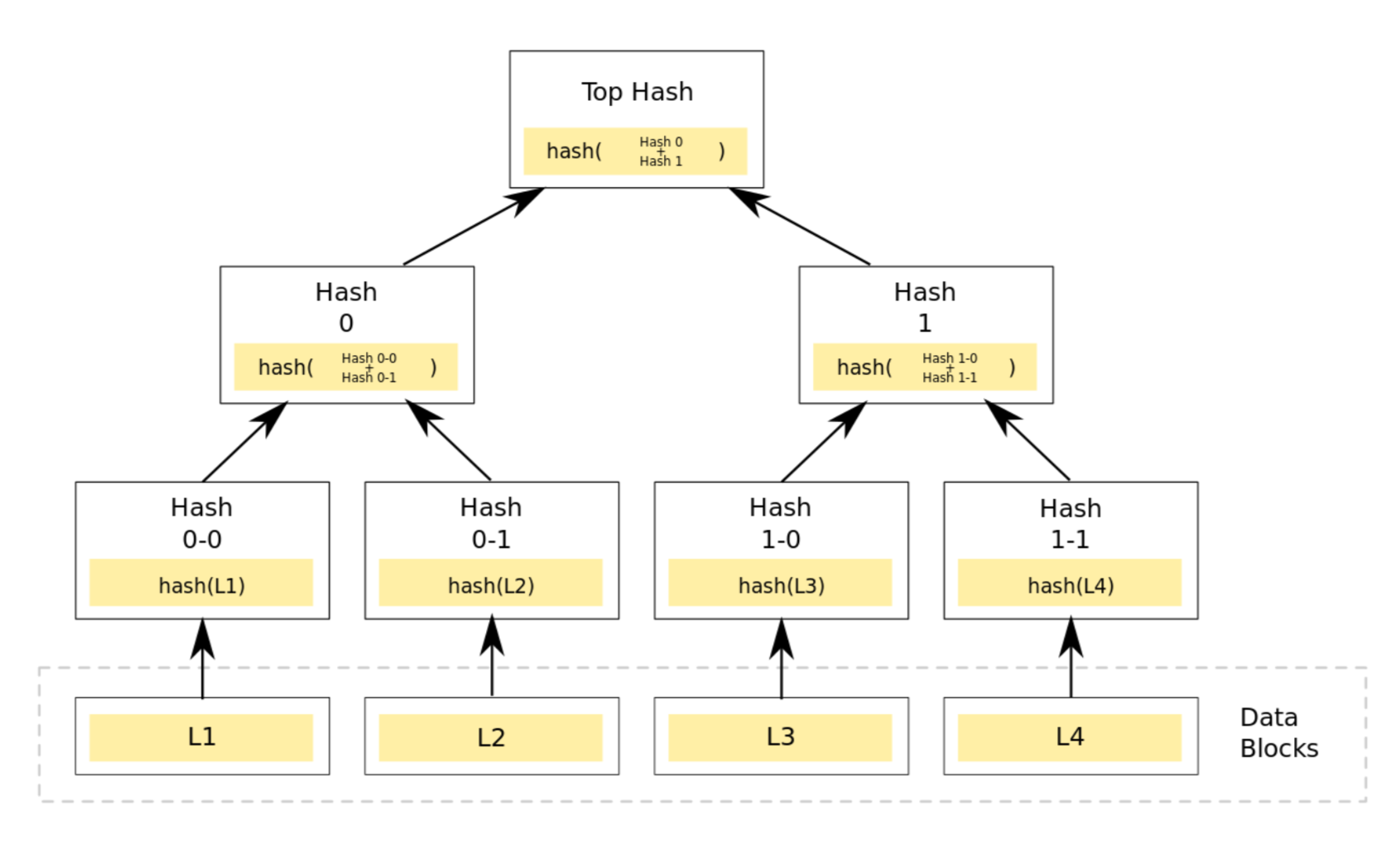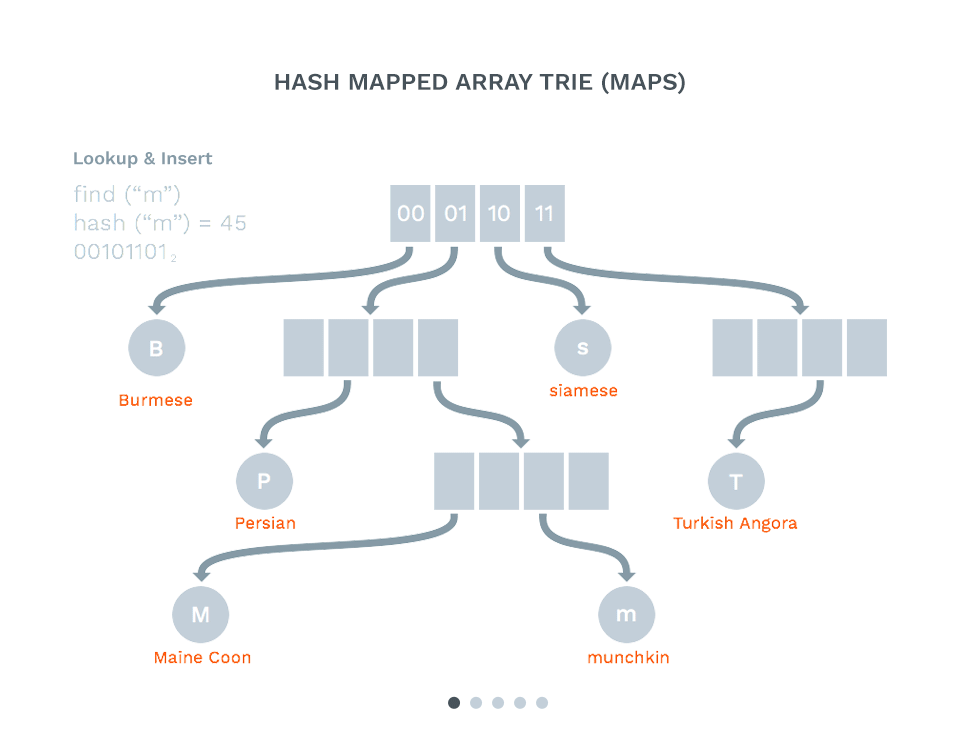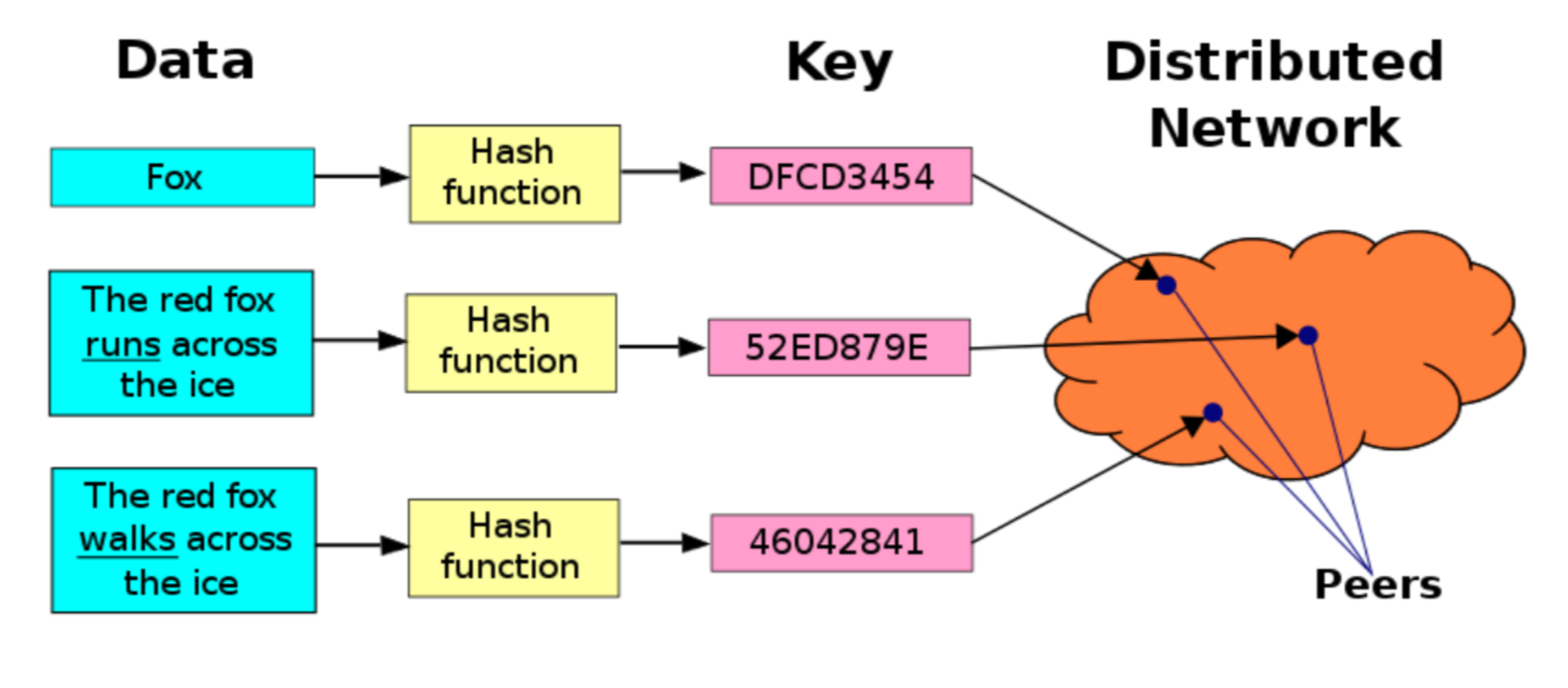An Intro To Dat's Cryptography
Dat is a secure peer to peer live syncing file sharing protocol for the web. Here's an overview of the cryptography used in the project. Even more technical details can be found in the Dat Paper.
This post is adapted from Tim Caswell's excellent presentation for Utah.js called 100 Weird Applications Of Public Key Cryptography. Tim is the Director of Engineering at Daplie.
Sodium #
Dat uses Sodium (aka libsodium) for cryptography. Sodium is a modern, easy-to-use software library for encryption, decryption, signatures, password hashing and more. It is a portable, cross-compilable, installable, packageable fork of NaCl, with a compatible API, and an extended API to improve usability even further. Its goal is to provide all of the core operations needed to build higher-level cryptographic tools.
Sodium is cross-platforms and cross-languages. It runs on a variety of compilers and operating systems, including Windows (with MinGW or Visual Studio, x86 and x86_64), iOS and Android. Javascript and WebAssembly versions are also available and are fully supported. Bindings for all common programming languages are available and well-supported.
The design choices emphasize security and ease of use. But despite the emphasis on high security, primitives are faster across-the-board than most implementations of the NIST standards.
Application 001: Sealed Boxes #

Sealed Boxes Analogy #
- Bob wants to send a message to alice
- He wants to ensure that only Alice can read the message
- He doesn't want or need Alice to know it came from him
- Alice gives away open padlocks, but not the key
- Bob uses one to send a sealed box to Alice
Sealed Boxes - Sodium #
Sealed boxes are designed to anonymously send messages to a recipient given their public key.
Only the recipient can decrypt these messages, using their private key. While the recipient can verify the integrity of the message, they cannot verify the identity of the sender.
A messge is encrypted using an ephemeral key pair, meaning the secret key is destroyed right after the encryption process.
Without knowing the secret key used for a given message, the sender cannot decrypt their own message later. And without additional data, a message cannot be correlated with the identity of its sender.
Sending a sealed box in JavaScript #
// Alice generates a key pair and publisher her public key
let { publicKey, privateKey } = crypto_box_keypair()
// Bob composes an important message.
let message = 'Alice, there is a package on your doorstep'
// And seals it up tight in an anoymous box
let cipher = crypto_box_seal(message, publicKey)
// Alice opens the sealed box using her private key.
let decrypted = crypto_box_seal_open(cipher, publicKey, privateKey, 'text')
// She prints the message for us to see.
console.log(decrypted)Application 010: Public-Key Signatures #

Public-Key Signatures Analogy #
- Bob wants to send a message to Alice
- He wants Alice to know it came from him
- The message contents can be read by others
- Bob gives away copies of his seal and signature
- Bob signs and seals messages before sending to Alice
Public-Key Signatures - Sodium #
In this sytem, a signer generates a key pair:
- A secret key, that will be used to append a signature to any number of messages.
- A public key, that anybody can use to verify that the signature appended to a message was actually issued by the creator of the public key.
Verifiers need to already know and ultimately trust a public key before messages signed using it can be verified.
Signing and verifying in JavaScript #
// Bob generates a key pair and publishes his public key
let { publicKey, privateKey } = crypto_sign_keypair()
// Bob composes an important message
let message = 'Tonight is the meetup at 7pm'
// And signs it using his private key
let signature = crypto_sign_detached(message, privateKey)
// Alice gets the signed message and wants to verify it
let isVerified = crypto_sign_verify_detached(signature, message, publicKey)
console.log({message: message, isVerified: isVerified})Signing and verifying - Detect Tampering #
// Bob generates a key pair and publishes his public key
let { publicKey, privateKey } = crypto_sign_keypair()
// And signs it using his private key
let message = 'Tonight is the meetup at 7pm'
let signature = crypto_sign_detached(message, privateKey)
// The message is tampered with
message = message.replace('7pm', 'midnight')
// Alice gets the signed message and wants to verify it
let isVerified = crypto_sign_verify_detached(signature, message, publicKey)
console.log({message: message, isVerified: isVerified})Application 011: Authenticated Encryption #

Public-Key Authenticated Encryption - Sodium #
Using public-key authenticated encryption, Bob can encrypt a confidential message specifically for Alice, using Alice's public key.
Using Bob's public key, Alice can verify that the encrypted message was actually created by Bob and was not tampered with, before eventually decrypting it.
Alice only needs Bob's public key, the nonce and the ciphertext. Bob should never ever share his secret key, even with Alice.
And in order to send message to Alice, Bob only needs Alice's public key. Alice should never ever share her secret key either, even with Bob.
Alice can reply to Bob using the same system, without having to generate a distinct key pair.
// Bob and Alice generate key pairs.
let bob = crypto_box_keypair()
let alice = crypto_box_keypair()
// Bob composes a sensitive message.
let message = 'Meet me by the blue lagoon on the next full moon.'
// Bob encrypts the message with a random nonce and authentication.
// Uses his private key and her public key.
let nonce = randombytes_buf(crypto_box_NONCEBYTES)
let cipher = crypto_box_easy(message, nonce, alice.publicKey, bob.privateKey)
// Alice decrypts and verifies the message using nonce,
// her private key and his public key
let original = crypto_box_open_easy(
cipher, nonce, bob.publicKey, alice.privateKey, 'text'
)Application 100: Key Exchange #

Using the key exchange API, two parties can securely compute a set of shared keys using their peer's public key and their own secret key.
- libsodium 1.0.12
let server = crypto_kx_keypair()
let client = crypto_kx_kepair()
// From client's point of view generate shared keys
let clientKeys = crypto_kx_client_session_keys(
client.publicKey, client.privateKey, server.publicKey
)
// Sasme thing from server's point of view
let serverKeys = crypto_kx_server_session_keys(
server.publicKey, server.privateKey, client.publicKey
)
// The keys should match on both sides
assert(memcmp(client.sharedRx, serverKeys.sharedTx))
assert(memcmp(clientKeys.sharedTx, serverKeys.sharedRx))Supporting Tech 001: Content Addressable Storage #
"Content Addressable' is a storage system where keys are derived from values.
- Changing the value changes the key.
- The value for any given key is immutable.
- You can only point to keys that exist already.
- Links/pointers are one way. It's "directed".
- Cycles are impossible. It's "acyclic".
- Only the top hash is needed to traverse and verify the whole graph.
Content Addressable Storage - Git Internals #

- Blobs hold files.
- Trees point to blobs, trees, and commits (submodules).
- Commits point to trees and parent commits (history, merges).
- Annotated Tags point to any object.
- Tags can be signed using PGP Keys.
Content Addressable Storage - Signed Storage #
async function store (value, privateKey) {
let body = serialize(value)
if (privateKey) body = crypto_sign(body, privateKey)
let key = crypto_genericHash(32, body, null, 'hex')
return set(key, body)
}
async function retrieve (key, publicKey) {
let body = await get(key)
assert(key == crypto_generichash(32, body, null, 'hex'))
if (publicKey) body = crypto_sign_open(body, publicKey)
return deserialize(body)
}
let { publicKey, privateKey } = crypto_sign_keypair()
let teamKey = await store({
tim: await store({ name: 'Tim', age: 35, isMaker: true })
jack: await store ({ name: 'Jack', age: 11, isMaker: true })
}, privateKey)
console.log('Team Key', teamKey)
let team = await retrieve(teamKey, publicKey)
console.log('Team', team)
let jack = await.retrieve(team.jack)
console.log('Jack', jack)Content Addressable Storage With Signed Roots #
- Hash links are great for pointing to existing data
- Public keys are great for verifying new hashes created after the key
- Distribute your public key to consumers once
- Public signed hashes as new data appears
- Clients can verify the new content without a new public key
Supporting Tech 010: Signed Merkle Tree #
Merkle Tree #

- Every leaf node contains a piece of data
- Non-leaf nodes contain the hash of their two child nodes
- Allows efficient verification of partial trees
- Root nodes can be signed using public key cryptography
Signed Merkle Tree - Append Only Event Registers #
- Multiple peers can replicate a growing Merkle tree
- The roots are signed by the owner with each publish
- The owner must give the same event history to all consumers
- A file tree can be stored in the log using change events. Read from end first.
SET indexes path valueDEL indexes path
- The indexes can really bloat the tree if it's too wide or too deep
Signed Merle Tree - Path Based Event Log #
PUT src/answer.js' 'export let answer = 42\n'PUT 'src/index.js' 'import { answer } from "./answer"\n'PUT 'README.md' 'This *is* the README\n'put 'src/more.js' 'export let more = false\n'
let log = [
[0, ['src', 'answer.js'], [[0], [0]], 'export let answer = 42\n'],
[1, ['src', 'index.js'], [[1], [0, 1]], 'import { answer } from ...'],
[2, ['README.md'], [[2]], 'This *is* the README\n'],
[3, ['src', 'more.js'], [[2, 3], [0, 1, 3]], 'export let more = ...'],
]Supporting Tech 011: Hash Array Mapped Trie (HAMT) #

- Keys are hashed to a string of bits
- The trie is walked using the bit prefixes
- This helps distribute the indexes for the log format in the Merkle tree
- We now have a fast key/value store
- HyperDB in Dat is an implementation of this (Using siphash from libsodium)
Supporting tech 100: Secure P2P Services #
Distributed Hash Table #

- DHT (Distributed Hash Table) is a P2P system for mapping keys to machines that know the value.
- Think of it at distributed DNS.
- Key is the hash of the services.
- Value is the address of a peer that provides that service.
Public Key As Address #
The main problem with typical DHT systems is lots of untrusted peers know what you're searching for (For example BitTorrent)
Client can have a secure socket with the server knowing only it's public key and providing a transient public key of it's own.
This authenticates the server and prevents eavesdroppers from listening in.
But we don't have to use the public key directly as the discovery key. We can hash the public key and use that in the DHT to find the server. This is how Dat addresses work.
References #
Thank you again to Tim Caswell for creating such a great overview of the cryptography used in Dat. We have created and maintain a number of modules that make Sodium easy to use in all JavaScript environment (even WebAssembly). Check them out at Sodium Friends.